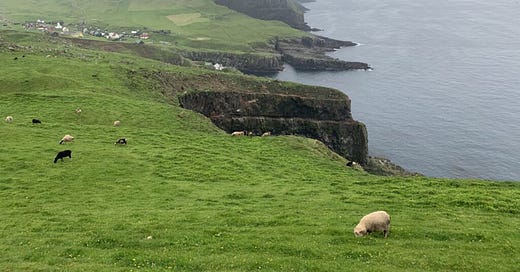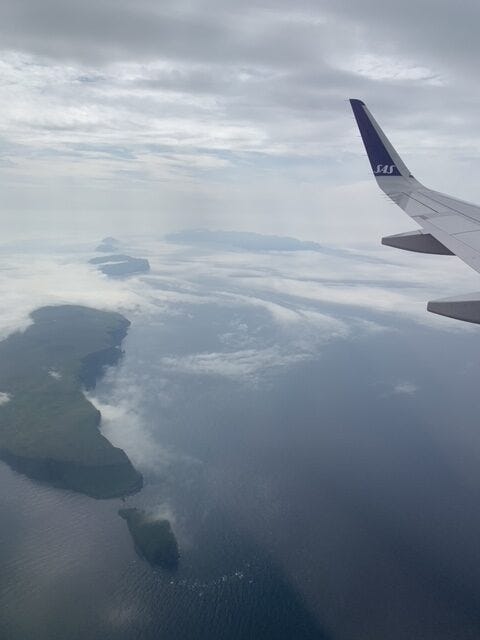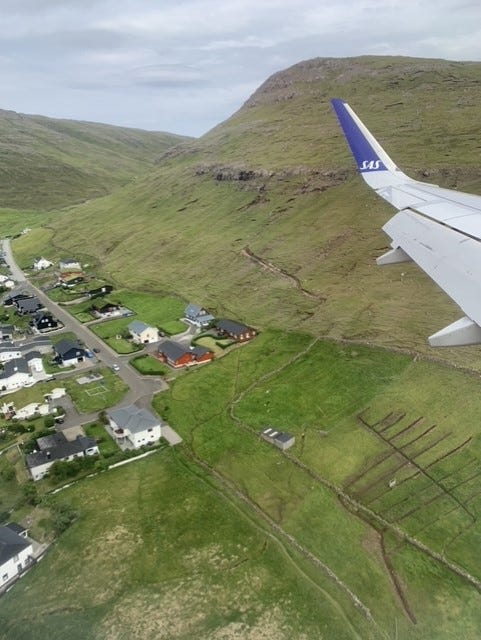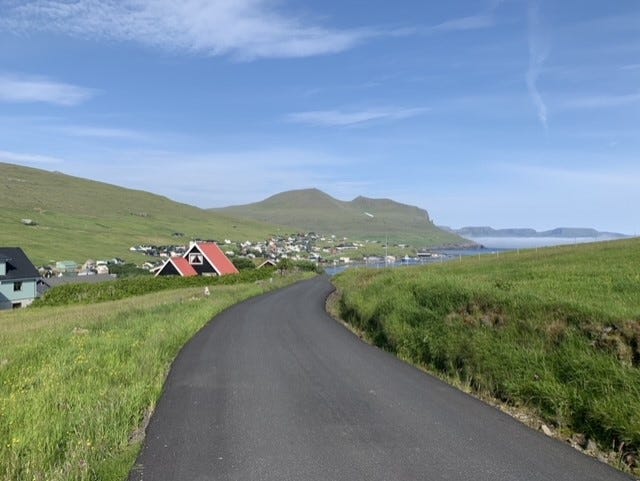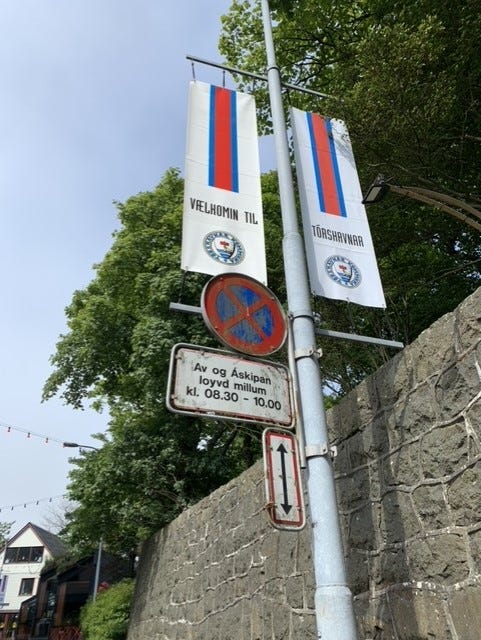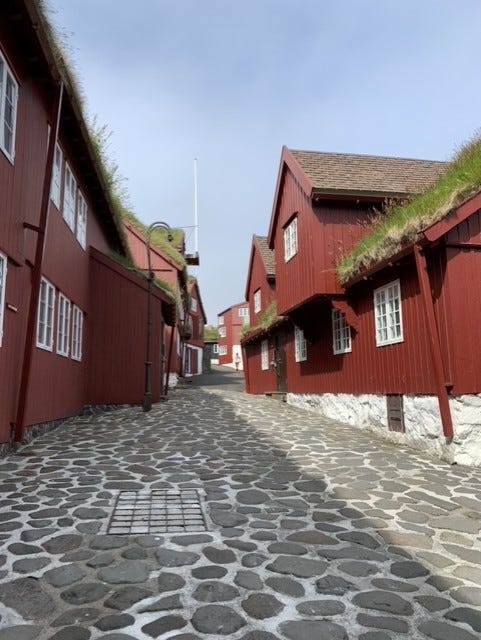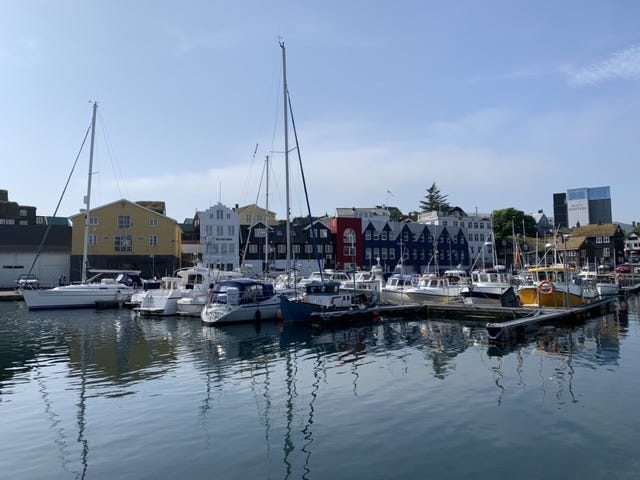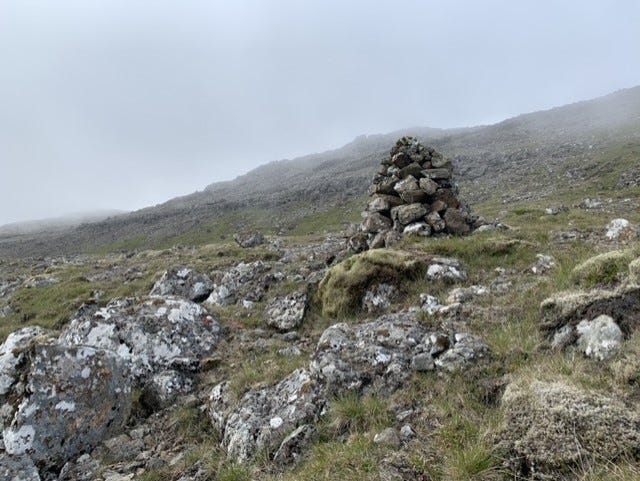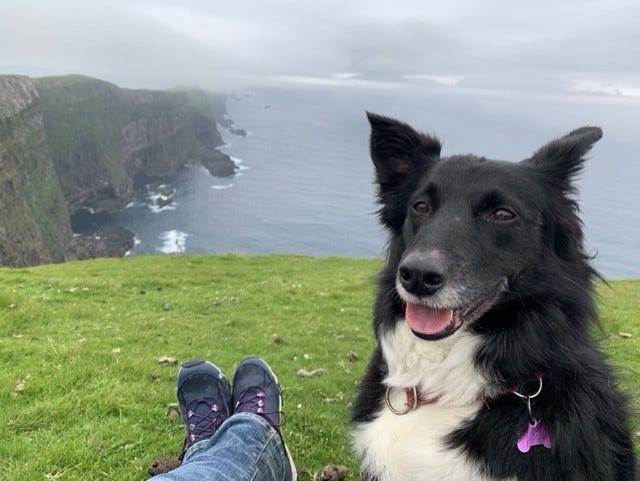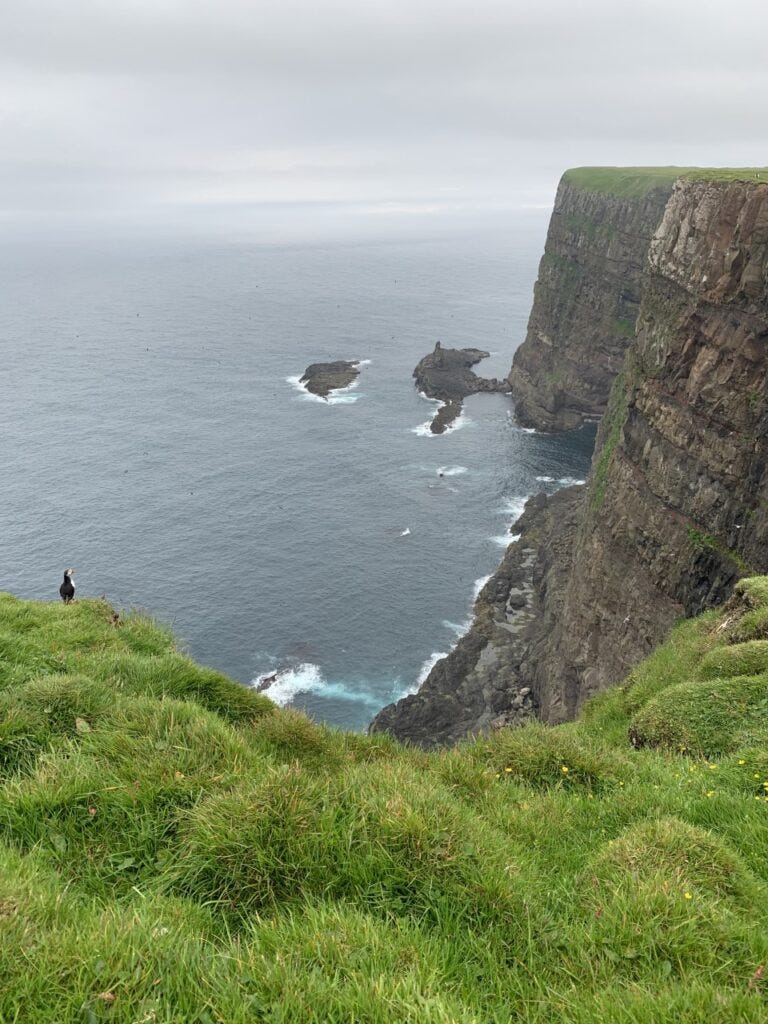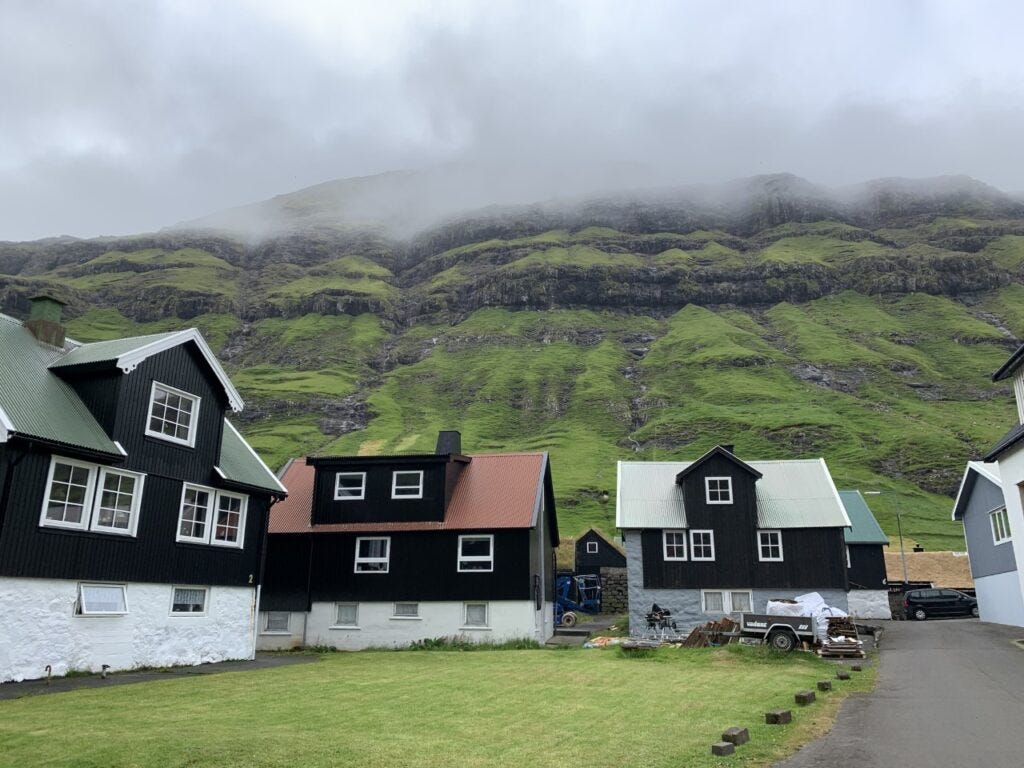My first visit to the Faroe Islands in 2021
Ever since I saw a photo of the Faroe Islands online in 2016, I’ve been fascinated by these islands in the middle of the North Atlantic. I first visited in 2021 as an artist-in-residence in Tjørnuvík (sponsored by the Listafólkabústaður), where I spent a few months living in the Faroes to study clarinet music of the Faroe Islands.
Since then, I’ve returned several times to the Faroes, where I’ve performed and collaborated with Faroese musicians and composers. (You can listen to me perform one of the traditional Faroese kvæði here.)
Looking through draft on Jenny Clarinet, I found this travel diary from my first week in the Faroes. I hope you enjoy!
It seems hard to believe that I've been in the Faroe Islands for nearly a week!
Ever since I first saw a picture of the Faroe Islands a few years ago, I've been fascinated with the landscape, the language, the history, and the musical scene. It looks like something from another planet, and my face was glued to the window of the plane as we descended towards Vágar airport.
The Vágar airport has a notoriously short runway and is located right next to some rocky mountains, but I was too distracted by my first views of the Faroe Islands to notice any rough landings.
After getting the mandatory covid test, I was off to my first stop - Miðvágur! Miðvágur is very close to the airport, making it a great place to stay at the beginning or ending of your trip to the Faroe Islands. I chose this location because of its proximity, but also because it is close to one of the most popular tourist spots on the islands - Lake Sørvágsvatn! Lake Sørvágsvatn (also called Leitisvatn) is known as the optical illusion lake because it appears to be on a tall cliff above the roaring ocean, making it a great hiking destination.
Even though I was greeted with warm, sunny weather when I landed, the moody Faroese fogs quickly descended. This was my view once I reached the top of the mountain near Bøsdalafossur Waterfall:
I waited for the fog to clear so I might get a view of this famous spot, but it looks like I'll have to come back again when the weather is less foggy. Instead, I hiked back down to Miðvágur to explore.
I walked around Bónus, an Icelandic grocery chain with stores in Iceland and the Faroe Islands. As you might imagine, most products are imported here, so my language skills were put to the test as I tried to decipher ingredients in Icelandic, Norwegian, Swedish, Danish, and several other languages.
Right now, there is nearly constant daylight, so I fell asleep to sunlight and the distant bleating of sheep in the distance.
I spent the next few days in Tórshavn, the capital and largest city in the Faroe Islands. Even though it has a relatively large population (about 20,000 people), the city itself is relatively small compared to other capitals. I enjoyed exploring Tórshavn and visiting several of the shops, particularly Tutl Records, which is a Faroese record label. Here, I discovered many new Faroese artists and bought a few books about music in the Faroe Islands.
My favorite part of Tórshavn is Tinganes, or parliament point. This is the oldest parliament in the world, dating back to the 9th century! The vivid red houses are home to several government offices as well as residential homes, and it was peaceful to sit by the harbor and get a great view of Tórshavn.
I ended the day with a flat white at Brell Café, where I relaxed while reading some local magazines and books so I could rest up for another hike.
On Sunday, I booked a tour to hike from Tórshavn to Kirkjubøur. Jonhedin told me all about the ancient cairns marking our paths, and he told me all about the history of Kirkjubøur as we hiked over the mountain. Kirkjubøur is home to Kirkjubøargarður, one of the oldest continuously inhabited wooden houses in the world (11th century), as well as St. Olav's Church (12th century) and St. Magnus Cathedral (14th century).
He also took me to the farm where he works, accessible by an unpaved road with a view of Hestur, Koltur, and Sandoy islands. Once we reached the farms, I befriended the friendly sheep and Highland cattle. (Side note from present-day Jenny - Jonhedin and I are still friends and regularly keep in touch!)
The next day, I visited the mystical island of Mykines, the westernmost island of the Faroe Islands known for its large puffin population (about 500k!). This is another must-see attraction for visitors, and it did not disappoint. Mykines is accessible by helicopter or ferry from Sørvágur, and the ferry ride I took was unforgettable. In my mind, I thought that Mykines was going to be a tiny island - that's how it appears on maps, and there are only 9 year-round residents. I was quickly corrected as the ferry navigated the choppy waters to pull into the tiny harbor of this massive island. There is a group of houses by the harbor, but the rest of Mykines is rugged and untouched. I hiked halfway up one of the nearby mountains before walking the "puffin path."
Mykines was beautiful beyond description, and you should definitely visit if you're ever in the Faroe Islands!
Finally, it was time to arrive to Tjørnuvík, where I've officially started my artist residency! Tjørnuvík is a remote village on the northern part of Streymoy. The village is home to about 60 people and is nestled at the basin of the mountains. From my window, I can hear the sound of crashing waves from the black sand beach, which is apparently a notable Faroese surfing spot. Compared to the hustle and bustle of the capital, it feels serene and peaceful.
I have several other adventures planned while I'm here, and I'll be sure to share my journey with you!


